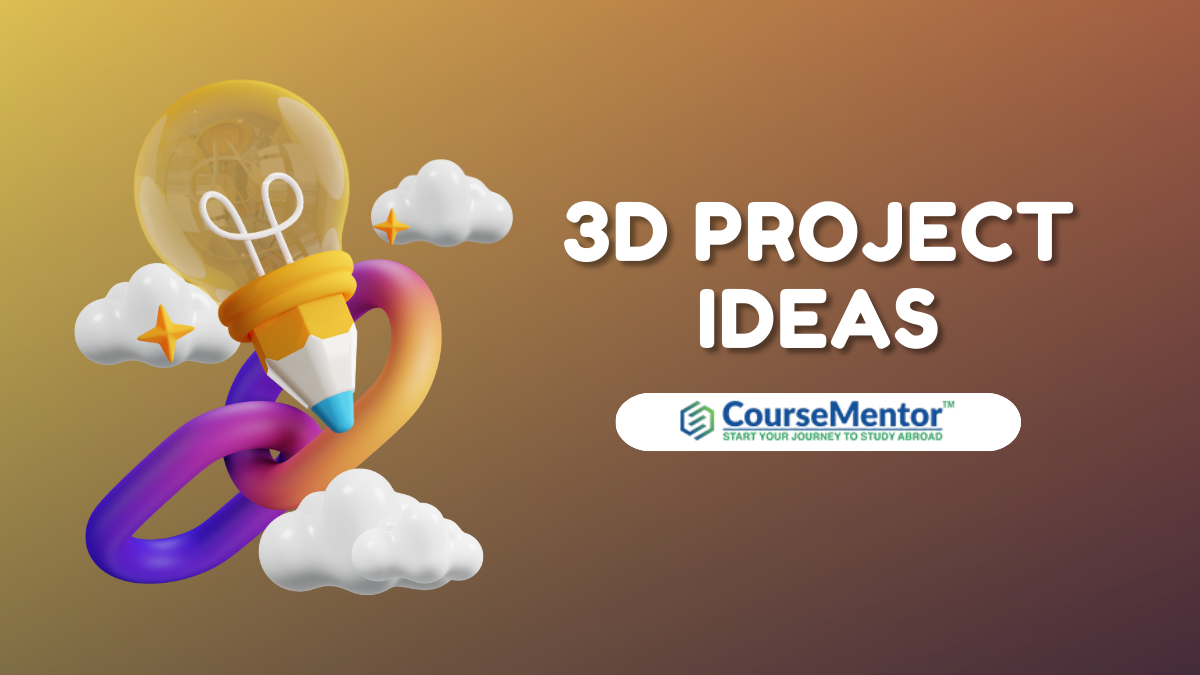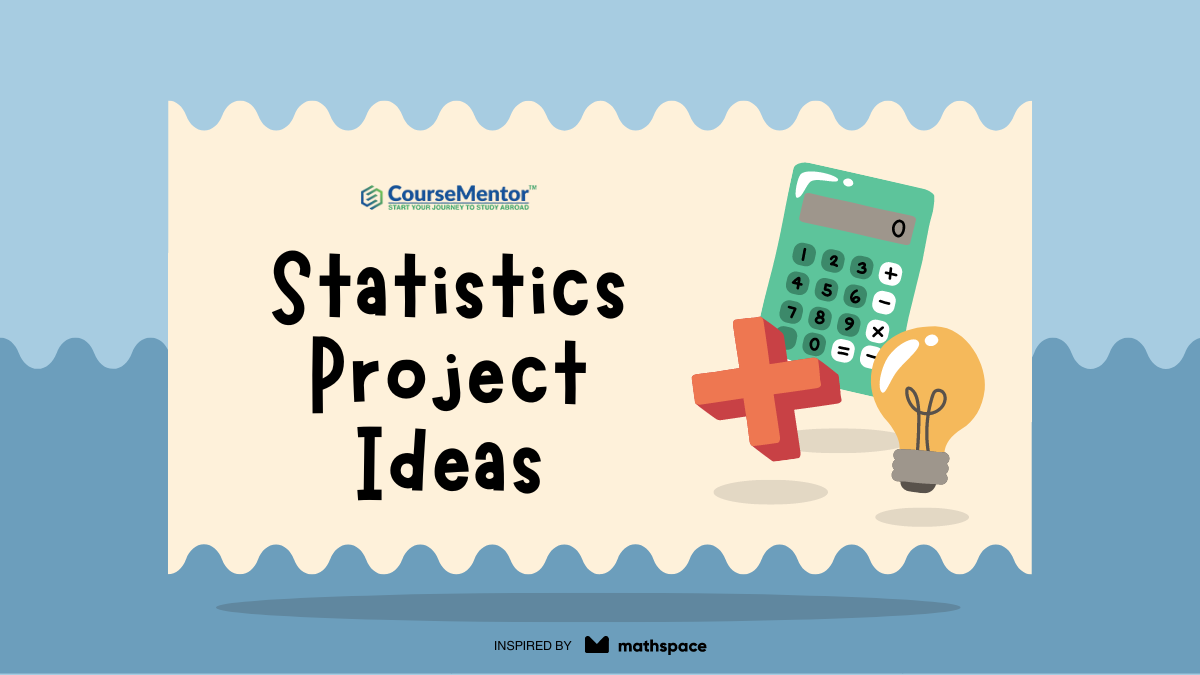In a world where access to knowledge is becoming increasingly valuable, educational blogs are an ideal way to share knowledge and experiences with learners around the world. Creating informative and engaging content for students is not just a matter of delivering information but also of inspiring, engaging, and helping them learn. Let’s look at the key tips for creating a successful education blog.
What Kind of Delivery and Content Will Be of Interest to Students?
Regardless of your student’s age, it is important to step away from the dry canvas of a textbook when blogging. This format is doomed to failure because it is not interesting or exciting.
Today, people want to see an easy, fast, and effective process for acquiring knowledge. For this, gamification and interactivity are used, as well as different presentation formats—video, infographics, etc.—and other tools. This makes it possible to provide an even more attractive process for corporate, school, and student learning and to involve a large number of students in the blog.
Students need help in gaining knowledge, so the following are suitable for a blog:
- articles on academic subjects;
- study tips;
- life hacks for preparing for exams;
- reviews of educational resources;
- interviews with experts;
- inspiring success stories.
However, it’s best to constantly monitor the results of views and actions on the site to understand how people are engaged with the content.
How to Make Your Educational Blog Informative and Entertaining?
No. 1. Research Your Target Audience
If you are starting to blog, start with the information you want to describe or the product you are blogging about. If it has been running for a long time, analyze the existing target audience.
Answer the questions:
- Who are your readers? (gender, age, place of residence, level of education, etc.);
- What interests, needs, and educational levels do they have?
- How can you help them?
- Why might they be interested in your blog?
- How do they get to the site, and what information are they looking for?
The more questions you can create and get answers to, the more attractive content you can create for users. For example, if your audience is children from 10 to 18 years old, your content should include slang and trending videos, based on which you can tell the material, etc.
No. 2. Choose Your Format and Topics
When you know your target audience, it is easier for you to choose the format for broadcasting information and topics for them. To do this, research the information, trends, and problems students are facing. The Internet is full of such data.
Try to gradually introduce different content formats: articles, video tutorials, interactive, gamification, quizzes, audio recordings, and presentations. Monitor the results of implementations or ask for feedback through blog comments or other means. Students are ready to make contact and will share their impressions of the material.
No. 3. Write in an Engaging and Informative Manner That Provides Value.
When writing an educational blog, imagine yourself as a teacher explaining to a child how much 2+2 is. Texts must be written in accessible and understandable language so that the student can answer all the questions on the topic and not move on to other sources. Structure the information, insert lists, highlight the main points, and give examples. Every sentence must make sense. You can always turn to professionals who will help you create unique and exciting content. For example, to essaywriter pro. After that, it will be easier for you to write your materials.
No. 4. Create Visually Appealing Content
Bloggers who use more than 7 images per post are 2.3 times more likely to report good results. Because visuals are important. The infographic, which contains all the main points, must be downloaded and printed. It can help a huge number of students prepare for their exams. Diagrams, gifs, short videos—all these are materials for an even greater and better understanding of the material. You can also add an audio recording to your blog, which will contain all the text material. It may be more convenient for the student to listen to it while traveling or cleaning. And most importantly, he will return to you with new knowledge.
No. 5. Update and Distribute Content
Many educational topics are updated with new data and changes. This requires updating your blog content as well. It will also be useful when your article has not received distribution. Rewrite it or add a visual – maybe this is what the audience needs.
Use social media, email, communities, forums, and other channels to distribute your content and attract new readers. Otherwise, they may not know about you.
Conclusion
Creating an educational blog that is read, bookmarked, and shared with friends is not an easy path. To remain in demand and relevant, you must constantly analyze and try new things. Use the suggested tips and continue on your way. Then, you can create a successful and popular educational blog that will benefit and inspire many people.
Also Read: Mention Any Two Benefits Of Working Independently





